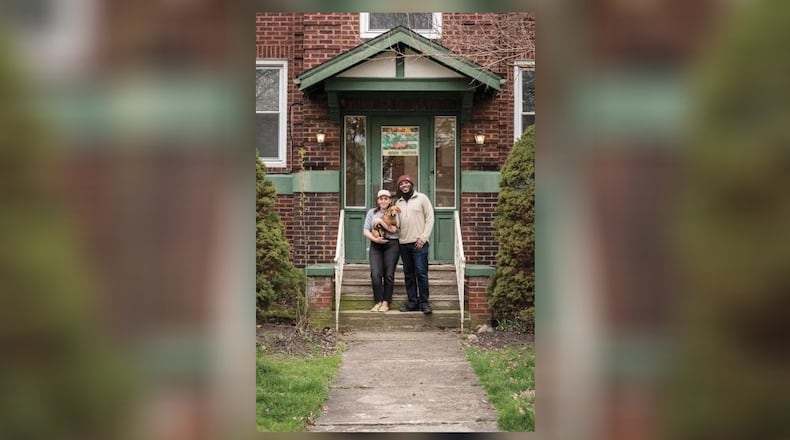The exhibition, originated at the Decorative Arts Center of Ohio and co-curated by Christine Fowler Shearer and Arnold Tunstall, will feature two sets of photographs, one taken by the Farm Security Administration of people during the Great Depression of the 1930s and early 1940s including the Dust Bowl and effects of President Roosevelt’s New Deal.
The other was done by five contemporary Ohio artists over the past few years capturing people from all walks of life including those in the medical care field and essential workers, the isolation that resulted and the social justice movement that emerged during that period.
The exhibition contains more than 80 photos, including some side-by-side of Depression and contemporary eras that will illustrate the similarities people from both centuries endured.
“It’s a comparison of two national tragedies and how a museum can study how a national tragedy can foster personal resilience,” said Elizabeth Wetterstroem, museum collections and exhibitions manager.
The Springfield museum is the exhibition’s first travel stop and fits its mission in presenting displays that reflect life through art, such as the recent “Black Life as Subject Matter II.” It is being presented with help from a $20,000 Ignite grant from Ohio Humanities, in collaboration with the Decorative Arts Center of Ohio, LLC, the Clark County Historical Society and Cynthia Richards of Wittenberg University’s English Department for the exhibition and programming.
Museum educator Amy Korpieski said there was concern if it was too soon to reflect the pandemic, but museum leadership found it an opportunity to invite visitors in to learn, share and maybe even heal.
Coinciding with the exhibition, a community space in the gallery will be available for intentional reflection and a way to react to the images that are not depressing and showing some of the ways we came through the times of crisis, and art can help us look at the world through another’s eyes.
In February, other opportunities tying into the exhibition will be available. A professional development workshop for educators will be offered in the gallery, focusing on engaging with techniques of Narrative Medicine in the classroom. Narrative Medicine is a newer field of study in medicine and literature with evidence showing that telling one’s story has a positive impact on one’s well-being.
The Oral History Weekend, Feb. 24-25, will invite community members to visit the Springfield museum to share their stories of the pandemic or Great Depression, or their family members’ recollections of the latter.
“We see these as another opportunity in reaching our community,” Korpieski said.
First responders and front-line educators are invited to view the exhibition free during its run.
“Chronicles: The Great Depression and the Pandemic” will be on display through March 30. The Springfield Museum of Art, located at 107 Cliff Park Road, is open 9 a.m. to 5 p.m. Wednesdays through Saturdays and 12:30-4:30 p.m. Sundays. Admission is $5 for non-members and free for members.
For more information, go to www.springfieldart.net/.
About the Author
